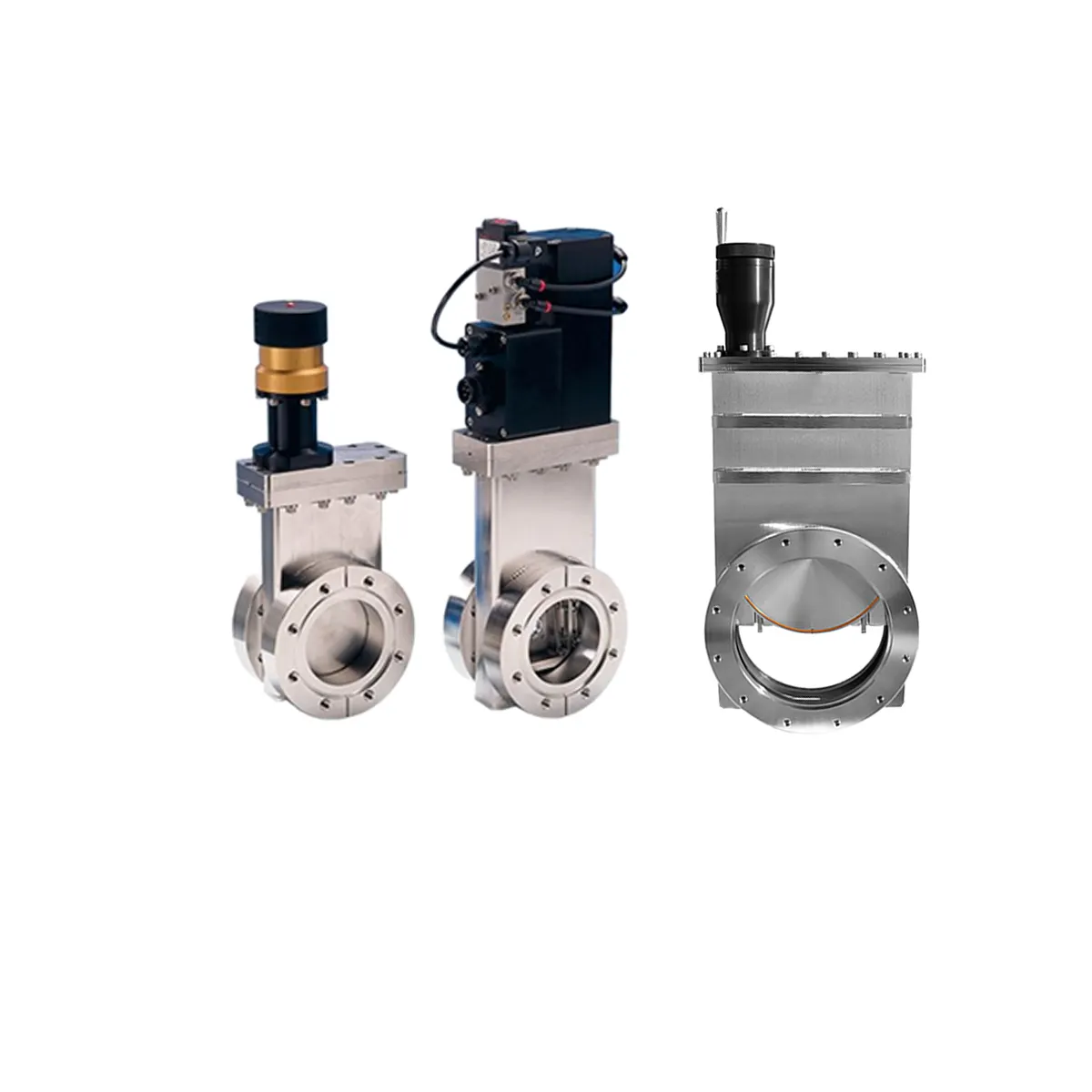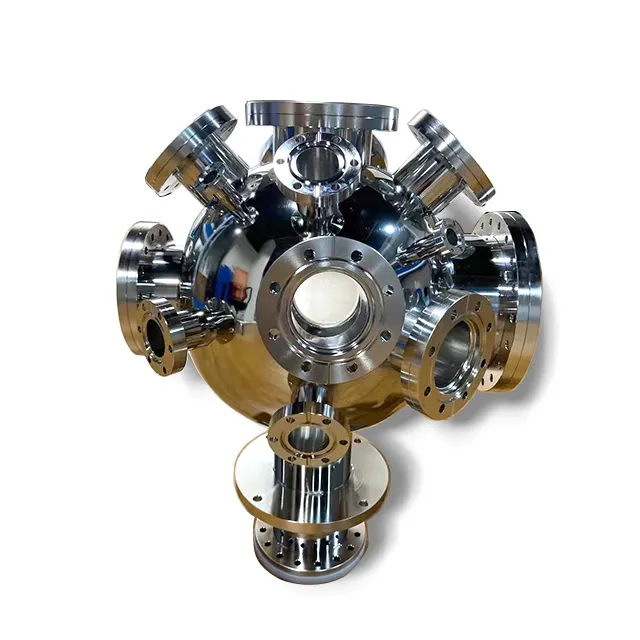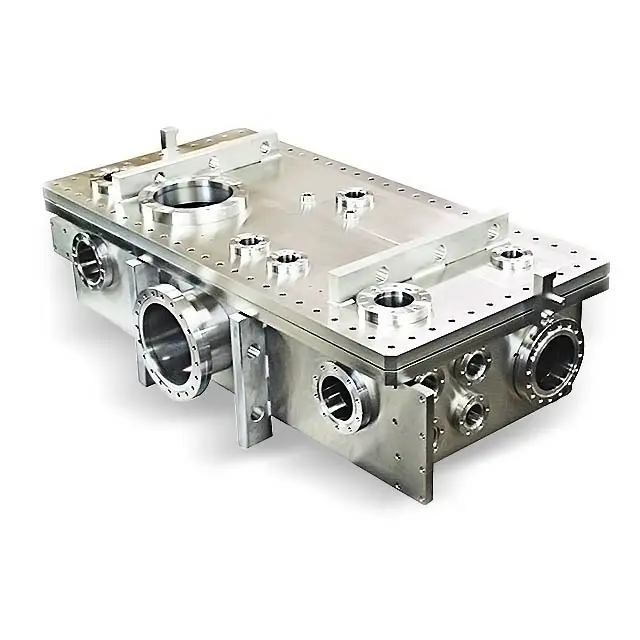Superior Surface Quality and Detail Reproduction
The vacuum casting process excels in producing parts with exceptional surface quality and precise detail reproduction. The combination of high-quality silicone molds and the vacuum environment ensures that every surface feature, no matter how intricate, is captured and replicated with outstanding accuracy. The process can reproduce details as fine as 0.025mm, making it ideal for components requiring exact aesthetic and functional specifications. The silicone molds conform perfectly to the master pattern, capturing every texture, groove, and contour. During the casting process, the vacuum environment prevents air entrapment, resulting in smooth, flawless surfaces free from bubbles or imperfections. This level of detail reproduction is particularly valuable for products where appearance and tactile qualities are crucial, such as consumer electronics, medical devices, and automotive interior components.


